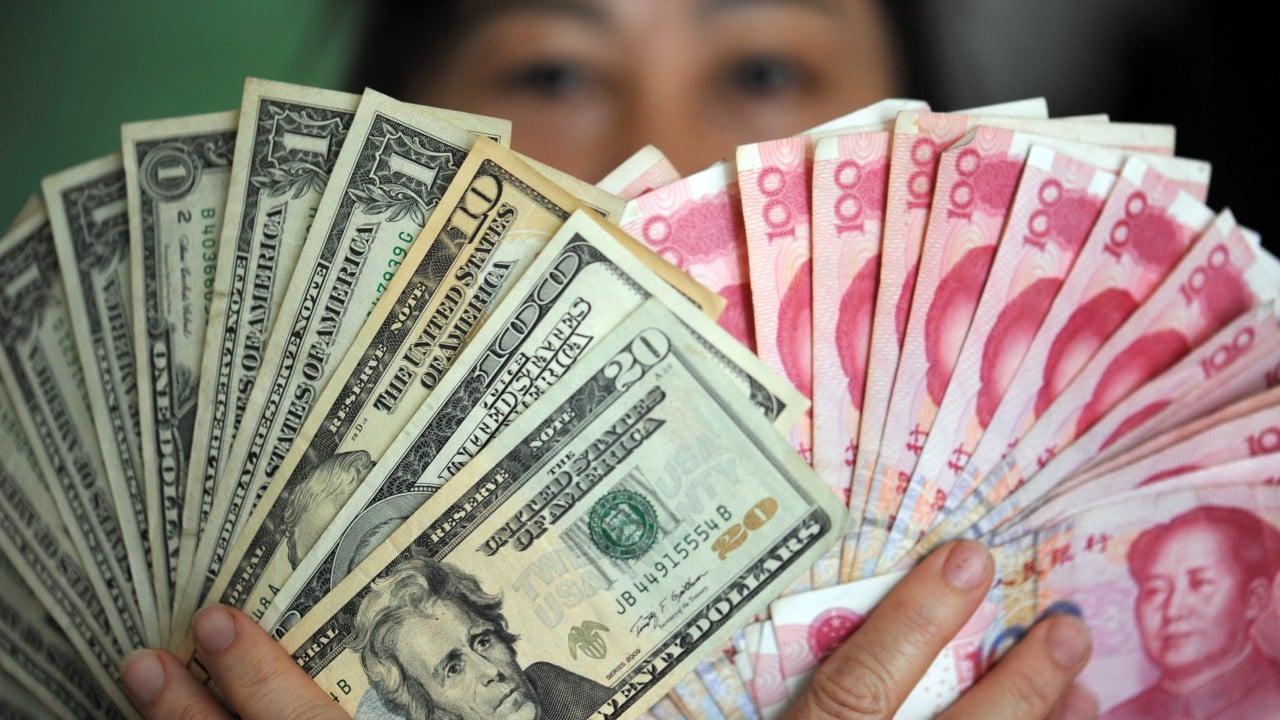In the decade since China shocked the world with a surprise devaluation of the yuan, the nation’s exchange-rate regime has steadily shifted towards market-based – yet still managed – pricing, and analysts say the era of burning through massive reserves to defend the currency is firmly in the rear-view mirror.
Advertisement
Armed with lessons from the past, Beijing now employs a wider arsenal of tools to manage volatility, they added, with the key challenge for the coming decade being whether the yuan can open the door wider to market pricing and secure a larger international role – without destabilising swings.
“Ten years ago, faced with intense yuan-depreciation pressure, the central bank relied on its foreign reserves, depleting nearly US$1 trillion to support the currency – a situation unlikely to recur today,” said Ding Shuang, chief Greater China economist at Standard Chartered Bank.
“Since then, Beijing’s toolkit for managing the exchange rate has become far more diverse, reducing reliance on direct reserve use and helping keep foreign reserves relatively stable.”
On August 11, 2015, China shocked global markets with its largest one-day cut to the yuan’s reference rate, sending the currency tumbling nearly 2 per cent – a move the People’s Bank of China (PBOC) described as “enhancing the market-based and benchmark nature of the yuan’s fixing against the US dollar”.
Advertisement
The reform helped pave the way for the yuan’s inclusion in the International Monetary Fund’s (IMF’s) reserve currency basket, while also triggering capital flight and sharp volatility, with China’s foreign exchange reserves dropping from nearly US$4 trillion in 2014 to about US$3.2 trillion by 2017.
This controversial decision – along with 2005’s pivotal reform that shifted the yuan from a fixed dollar peg to a managed float tied to a basket of currencies – was seen as representative of Beijing’s push towards a more market-oriented exchange-rate regime.

